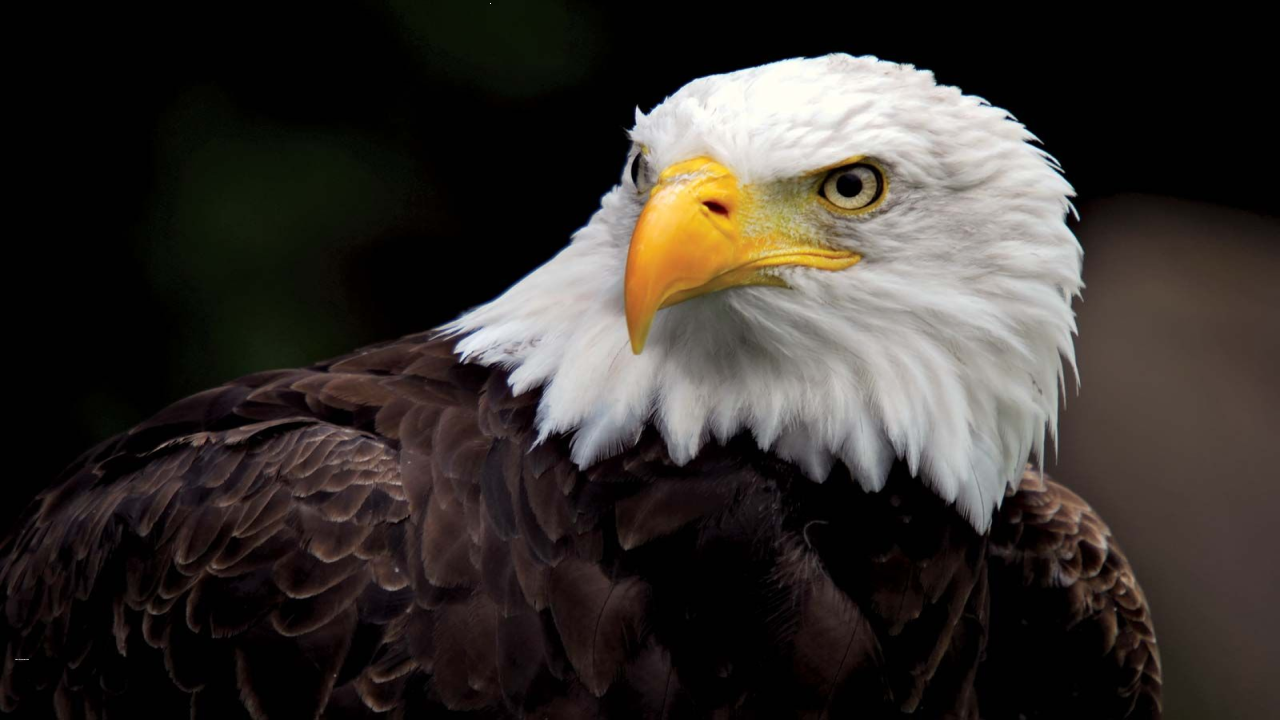American Bald Eagle
The American bald eagle, once on the brink of extinction, has made a remarkable recovery over the years.
Threats to the Bald Eagle
The existence of the bald eagle was threatened by multiple factors, including hunting and habitat destruction. In the early 1800s, the population started to decline as bald eagles were considered a threat to livestock. Hunting intensified, and the rise of the feather hat fashion industry further contributed to their decline.
DDT and the Silent Spring
The detrimental effects of DDT on bald eagle populations were documented in Rachel Carson’s influential book, “Silent Spring.” DDT contamination in water bodies led to thin-shelled eggs and nesting failures. By 1963, the number of nesting pairs dwindled to a mere 417.
Conservation Efforts and Legislation
In response to the alarming decline, the Bald and Golden Eagle Protection Act was enacted in 1940, expanding protections for these majestic birds. The nationwide ban on agricultural use of DDT in 1972 and the subsequent enactment of the Endangered Species Act in 1973 provided further safeguards.
Captive Breeding and Habitat Protection
Captive breeding programs played a crucial role in the resurgence of bald eagles. The US Fish and Wildlife Service spearheaded programs where eagle colonies were bred in captivity before being released into the wild. The practice of “hacking,” a controlled release method, simulated natural nesting environments and aided recovery.
Resurgence and Lessons Learned
Thanks to comprehensive conservation efforts, the population of bald eagles quadrupled since 2009. In 2007, the bald eagle was removed from the endangered species list. This success story teaches us valuable lessons: conservation requires comprehensive policies, takes time to bear fruit, and demands persistence.
Month: Current Affairs - June, 2023
Category: Environment Current Affairs


